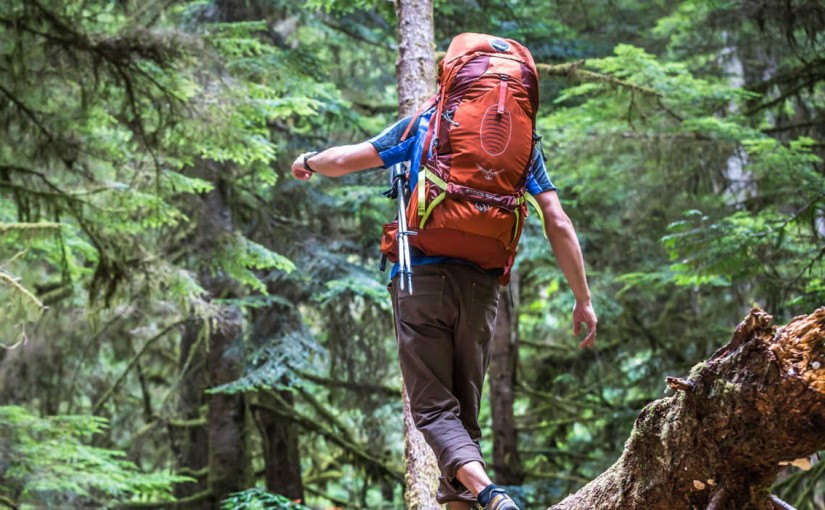Backpacking packs are designed to hold a lot of gear and keep it as organized as possible. Their carrying capacity ranges from overnight packs (up to 50L), multi-day packs (50-75L), and large volume packs (76+L).
Capacity
The space available within a pack is measured by liters and most packs have the measurement following the packs name. To pick the right capacity, know many nights you plan on backpacking.
Up to 50L – Overnight
50 to 75L – 2 to 5 nights
76+L – 5+ nights
Size
Choosing the right pack size (different from capacity) depends on your torso length. To find your size, measure the distance between the iliac crest (bone above your hips and below your waist) and the C7 vertebrae (knobby bone that sticks out at the back of your neck). Make sure to stand straight up while measuring.
Extra Small – Up to 15 ½”
Small – 16” to 17 ½”
Medium/Regular – 18”-19 ½”
Large Tall – 20”+
Fit
Once you have picked the capacity and size, load your pack with the amount of weight you plan on carrying and make minor adjustments to ensure as much comfort as possible. This is done by the strap adjustments (see below) common to most packs.
Load Lifter
• This strap connects the tops of each shoulder strap to the top of the backpack.
• This helps keep the pack from pulling away from your body, to help maintain comfortable weight distribution.
• It is best to keep these straps tight.
Sternum Straps
• These straps connect the shoulder straps to each other, across the mid-chest.
• Help increase stability.
• Do not pull too tight, they can make it difficult to breathe by pushing too hard on your chest.
Compression Straps
• Found on each side of the pack, these straps should pull down tight to compress the entire pack tightly around your gear.
Hipbelt Stabilizer
• These straps are found along both sides of the hipbelt and can be adjusted to help improve balance and comfort.
